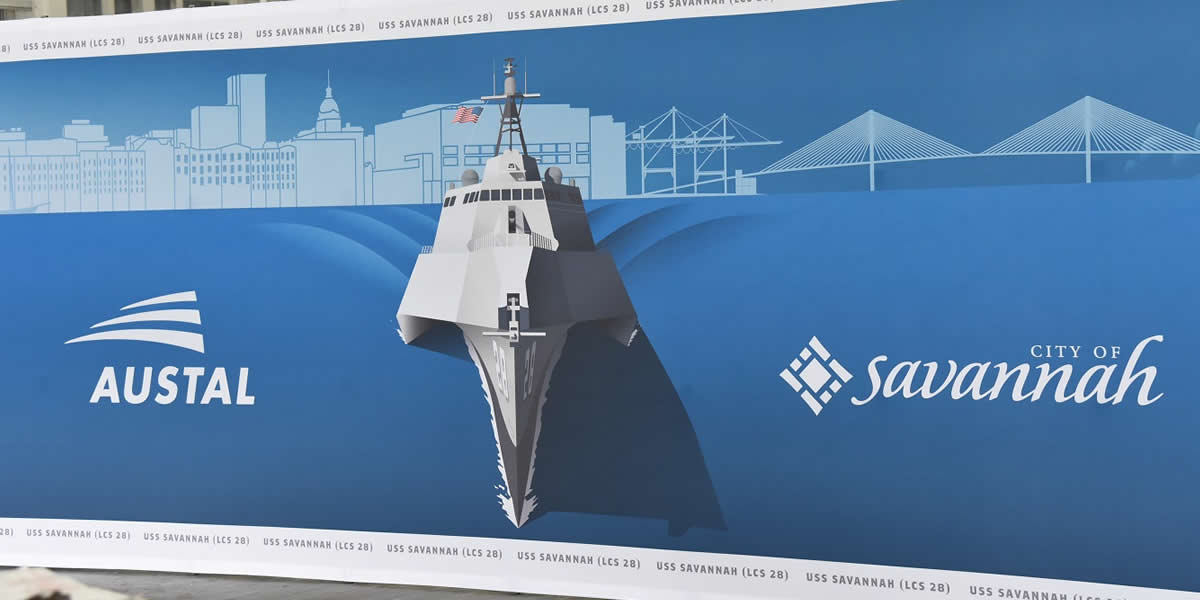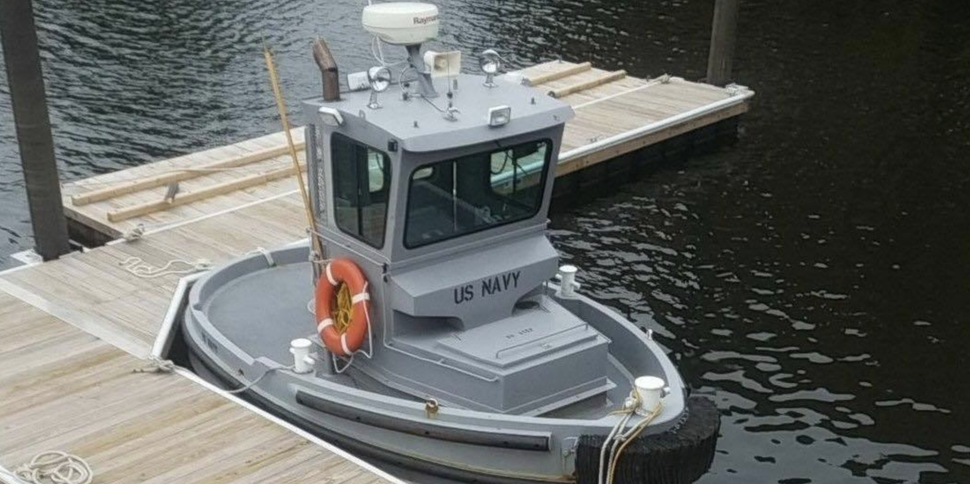Firstly, I have to admit that other than the news reports that came out at the time of the incident, I haven't read much else about what exactly happened, but for the content of this reply i want to put that to one side.
As an exercise in rebuilding lost skills & being pig headed to prove a point, I would say that there is a viability in what is being suggested for THIS ship. Other types / classes would automatically be written off due to their design / complexity &cost to repair versus replace. An overview of the last 15 years & the incidents/accidents that have befell several Arleigh Burke's, should not be viewed in the same way, as the AB's are still being manufactured, so it is feasible to have parts "made to order" for repairs.
Look at it logically. Imagine that an LHD is effectively x3 tiers of a wedding cake. The base is where all the fuel is stored & the majority of the plant that allow the ship to operate (Engines / gearbox / steering controls / fuel tanks). The middle tier is the cavernous space where the landing dock is / storage for vehicles (land & water based) / hangar area for storage/care/maintenance of aircraft (including the bomb shops / magazines). Upper tier is the flight deck / bridge / control tower for flight ops & the radar / radio / communications farm.
At this time the base is effectively intact (albeit that miles of cables that go from power generation / signalling systems / comms, all go to areas that have been ravaged by fire, making them effectively useless / needing replaced).
The middle & upper tiers are where all the damage is & while the ship is 20 odd years old, she would be likely to have been kept in service for a total of 45 - 50 years. The US is one of the few nations in the western world to predominately keep her old ships, so with over 250 vessels currently on the books as active, there are probably around another 200 vessels of different types & classes, sat in various states of 'mothballed' conditions.
The US has a wide/varied amount of equipment, but it has had a tendency to try & keep continuity across classes/types for decades, only really updating the newest vessels joining the fleet with the newest equipment, then slowly updating & retrofitting older ships as they progress. It is this wide base of kit & its length of service that will give the US Navy the ability to pull-thru a lot of 'older equipment' to rebuild / keep the LHD going.
The retrofit of new steel to the upper two tiers will be a hard task, but 2 - 4 years of work (with no hard charging to get the ship back into the fleet), they should be able to manage it. From a cost perspective if the have to spend 30 - 55% of what the ship originally cost, then it will be worth it, as they will effectively be saving 45 - 70% of the cost of a complete new ship.
I appreciate that it will be an uphill battle, with many from our modern 'throw-away' society questioning the logic, but as long as the surveyors / structural engineers & Naval Architects believe it is possible & the Navy/Administration are prepared to fund it, it will be a totally worth while exercise...



